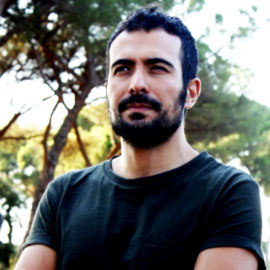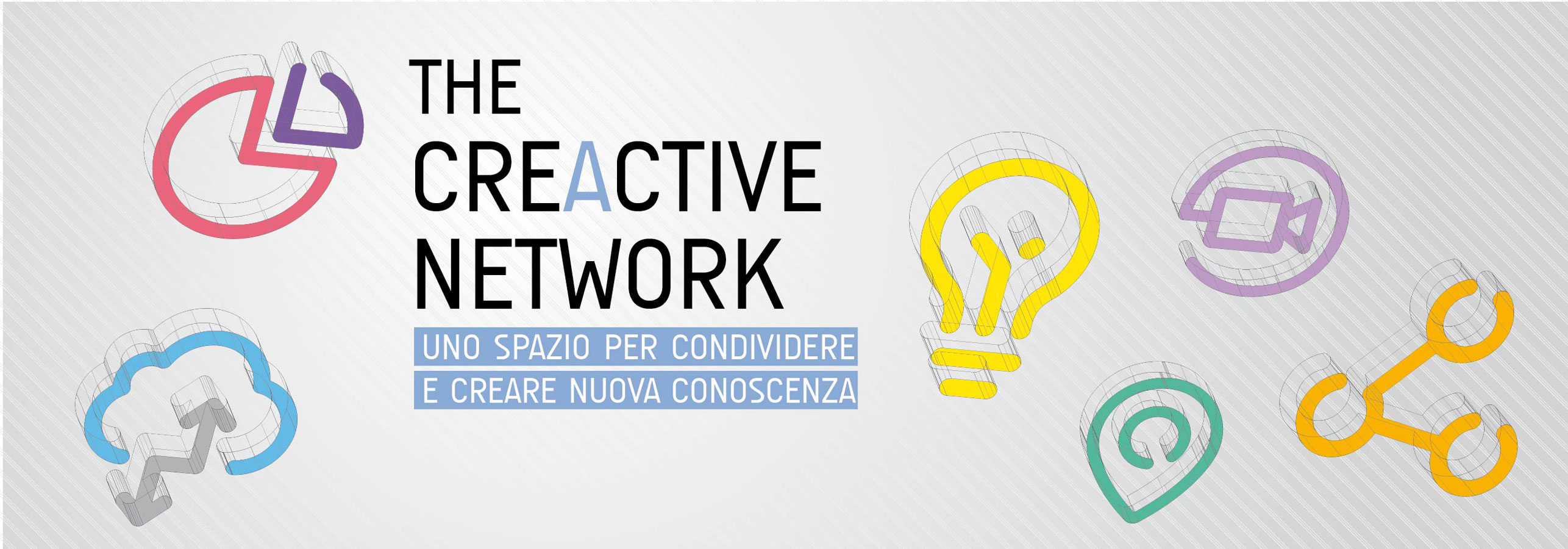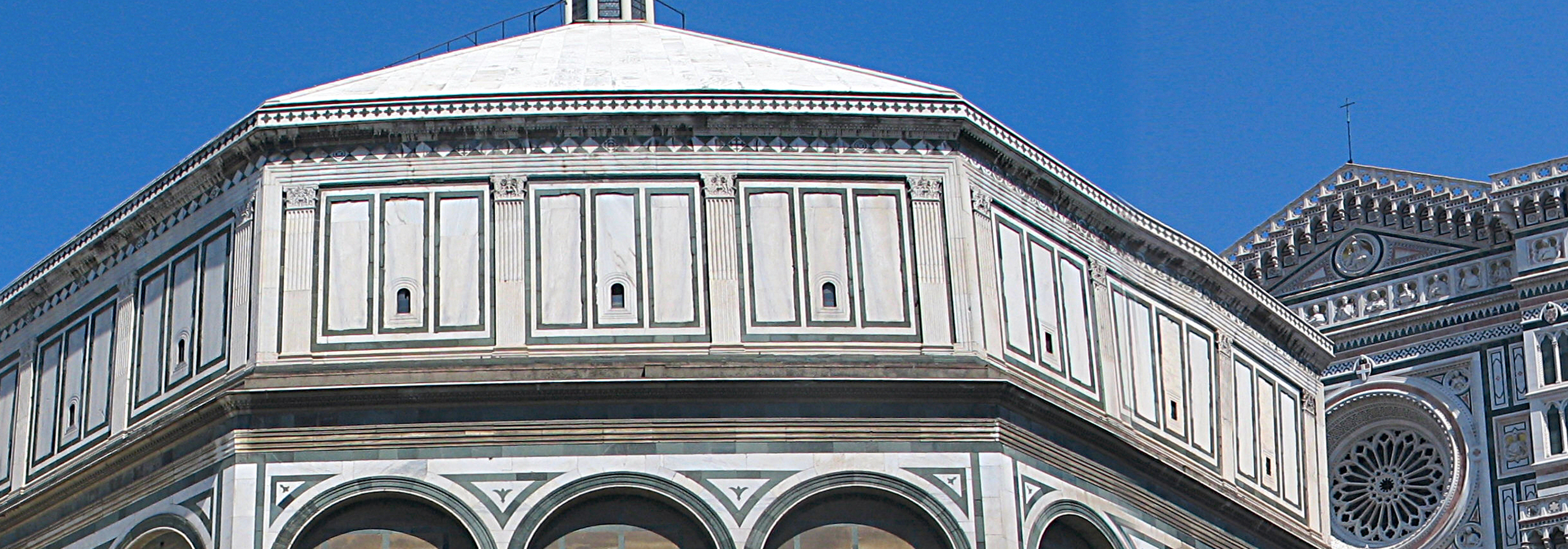 Gianpaolo Susanna nowadays is a research fellow at ISCOM (Istituto Superiore delle Comunicazioni e delle Tecnologie dell'Informazione) laboratories within the collaborative program among the University of Rome, Tor Vergata and the Ministry of the Economic Development in Rome. Main activities concerns FSO (Free Space Optics) and VLC (Visible Light Communications) for indoor applications under the supervision of Prof. Andrea Reale; basically the work involves the construction and characterization of set-up and devices for the data-transmission and photo-detection of light respectively. He worked for 7 years in Prof. Aldo Di Carlo’s group at C.H.O.S.E. (Centre for Hybrid and Organic Solar Energy) in Rome, in Organic Photovoltaics field as a scholarship holder af first and than as a Ph.D. Student and Post Doctoral position; the work was focused on Polymer Bulk-Heterojunction Solar Cells (BHJ-SCs) and in particular, on the development of the spray-coating technique. He obtained the Master Degree in Electronic Engineering in 2009 at the University of Rome "Tor Vergata" and he received his PhD in 2013 from the same institute with the supervision of Prof. Yang Yang and Dr. Gang Li; he spent six months of research as a Visiting Scholar in U.C.L.A. (University of California, Los Angeles, USA) within the Ph.D. program.
Gianpaolo Susanna nowadays is a research fellow at ISCOM (Istituto Superiore delle Comunicazioni e delle Tecnologie dell'Informazione) laboratories within the collaborative program among the University of Rome, Tor Vergata and the Ministry of the Economic Development in Rome. Main activities concerns FSO (Free Space Optics) and VLC (Visible Light Communications) for indoor applications under the supervision of Prof. Andrea Reale; basically the work involves the construction and characterization of set-up and devices for the data-transmission and photo-detection of light respectively. He worked for 7 years in Prof. Aldo Di Carlo’s group at C.H.O.S.E. (Centre for Hybrid and Organic Solar Energy) in Rome, in Organic Photovoltaics field as a scholarship holder af first and than as a Ph.D. Student and Post Doctoral position; the work was focused on Polymer Bulk-Heterojunction Solar Cells (BHJ-SCs) and in particular, on the development of the spray-coating technique. He obtained the Master Degree in Electronic Engineering in 2009 at the University of Rome "Tor Vergata" and he received his PhD in 2013 from the same institute with the supervision of Prof. Yang Yang and Dr. Gang Li; he spent six months of research as a Visiting Scholar in U.C.L.A. (University of California, Los Angeles, USA) within the Ph.D. program.
Organic Visible Light Communication
Since the increment of internet final consumers for digital television, streaming, social networks, Internet-of-Things (IoTs), the demand of a secure and fast data transfer connection “any-where/time” requires new approaches. Visible Light Communication (VLC) is one of the most promising new wireless communication technology, thanks to the possibility of use environmental lights as data transfer channel in free-space. VLC offers unique benefits not present in radio communication, such as inherent security and license free operation. In this wide field, organic visible light communication (O-VLC) is rapidly gaining interest in the research community as a standalone technology in optical wireless communication, since organic light-emitting diodes and photonic devices possess fascinating characteristics, such as mechanical flexibility and extremely low cost solution-based processing. Such a technology is extremely interesting for application in network devices for “Smart City”.








